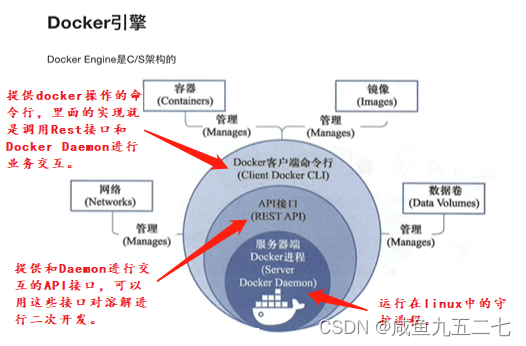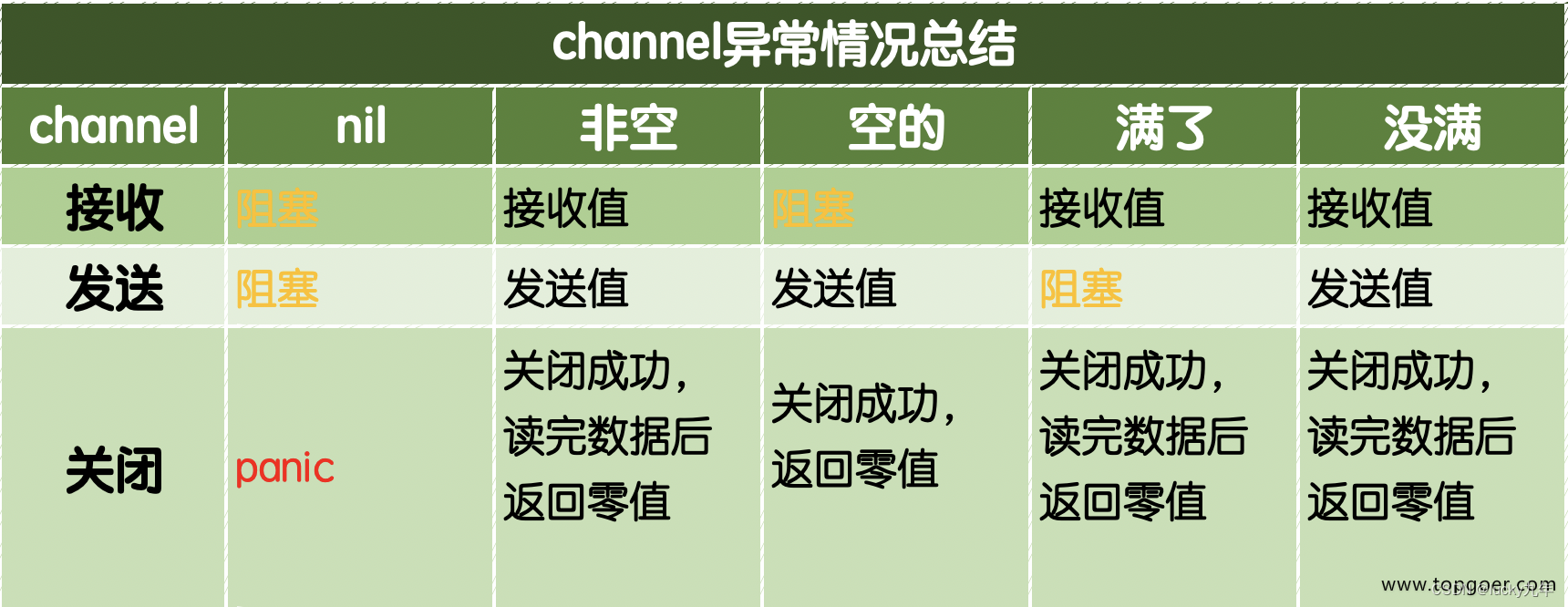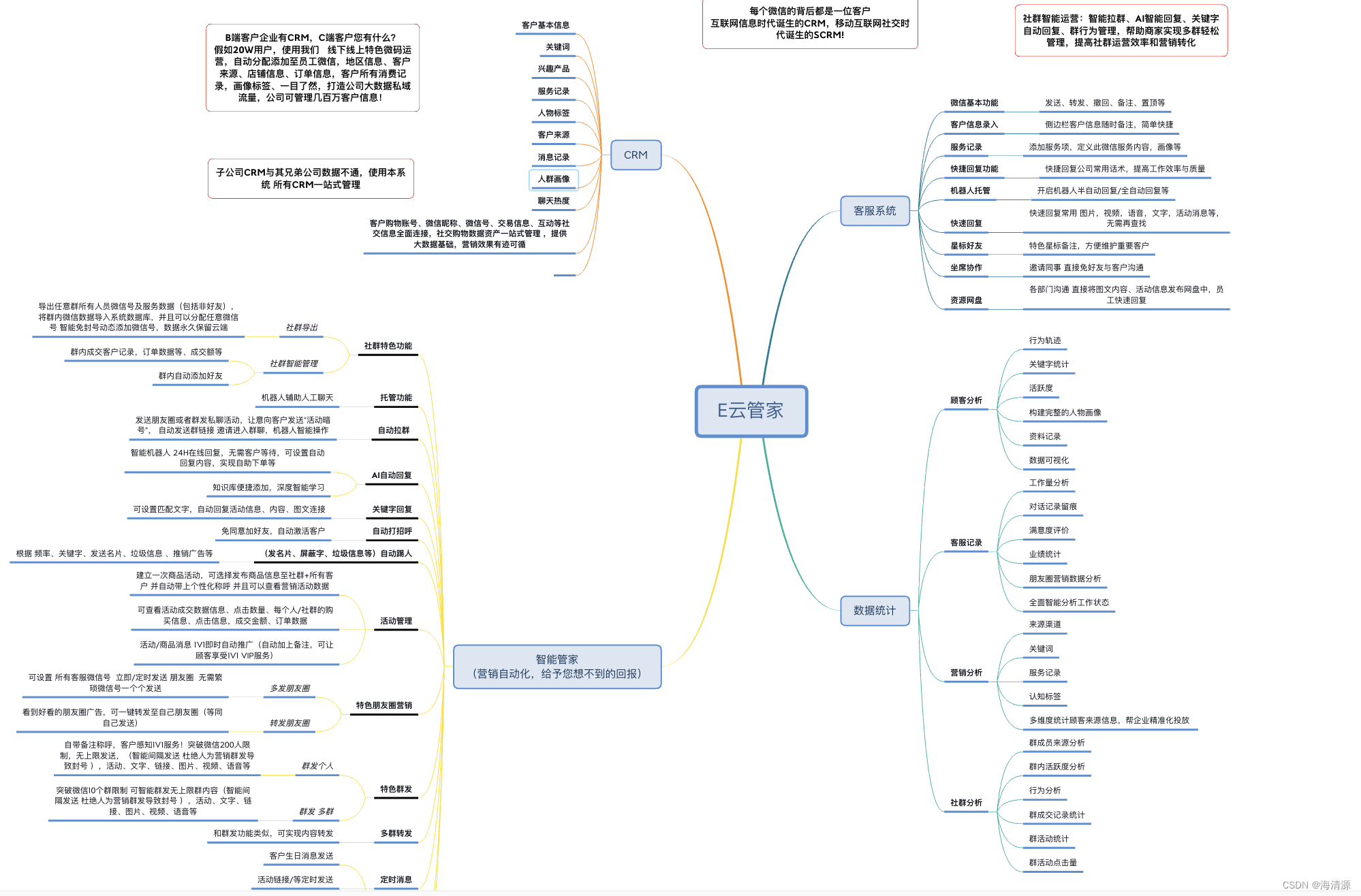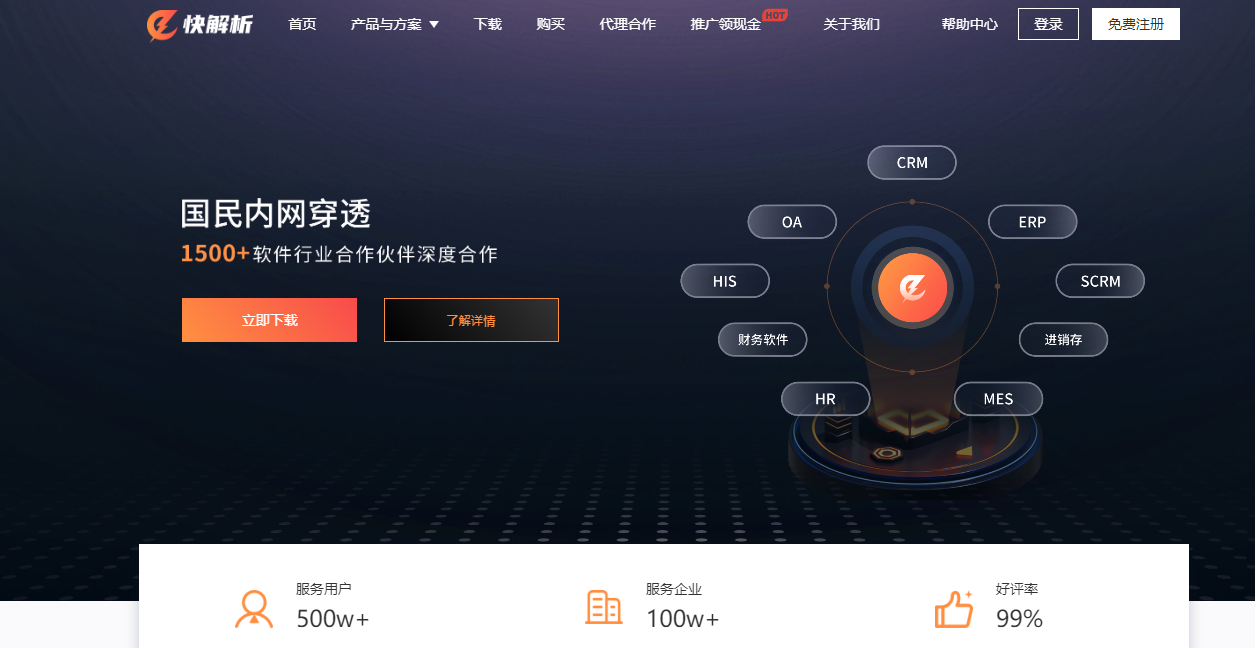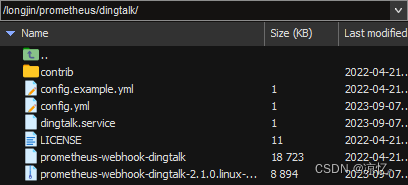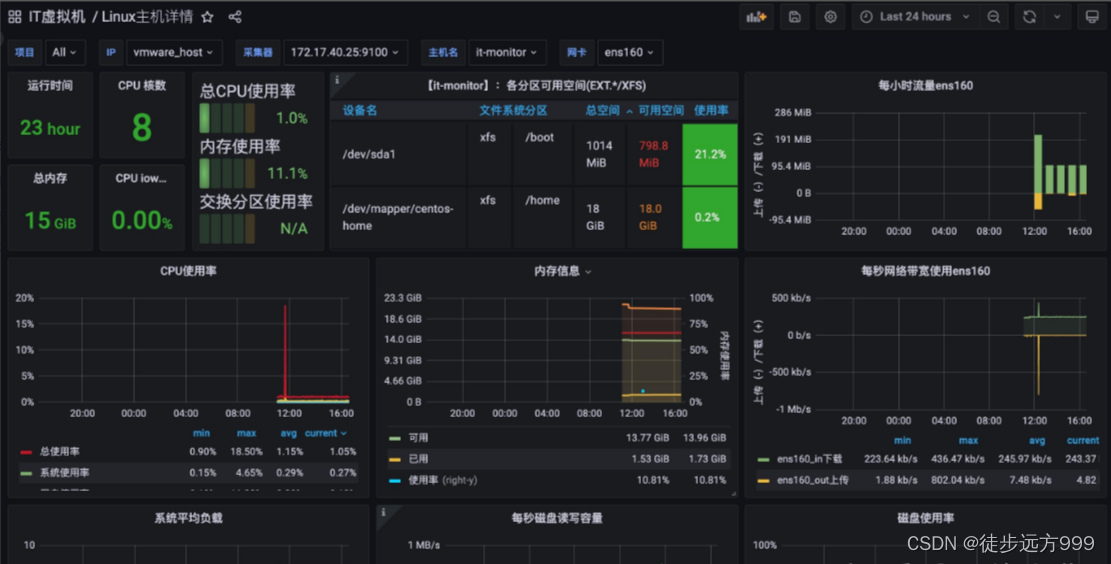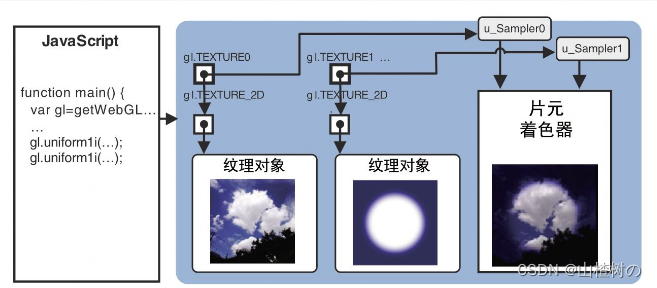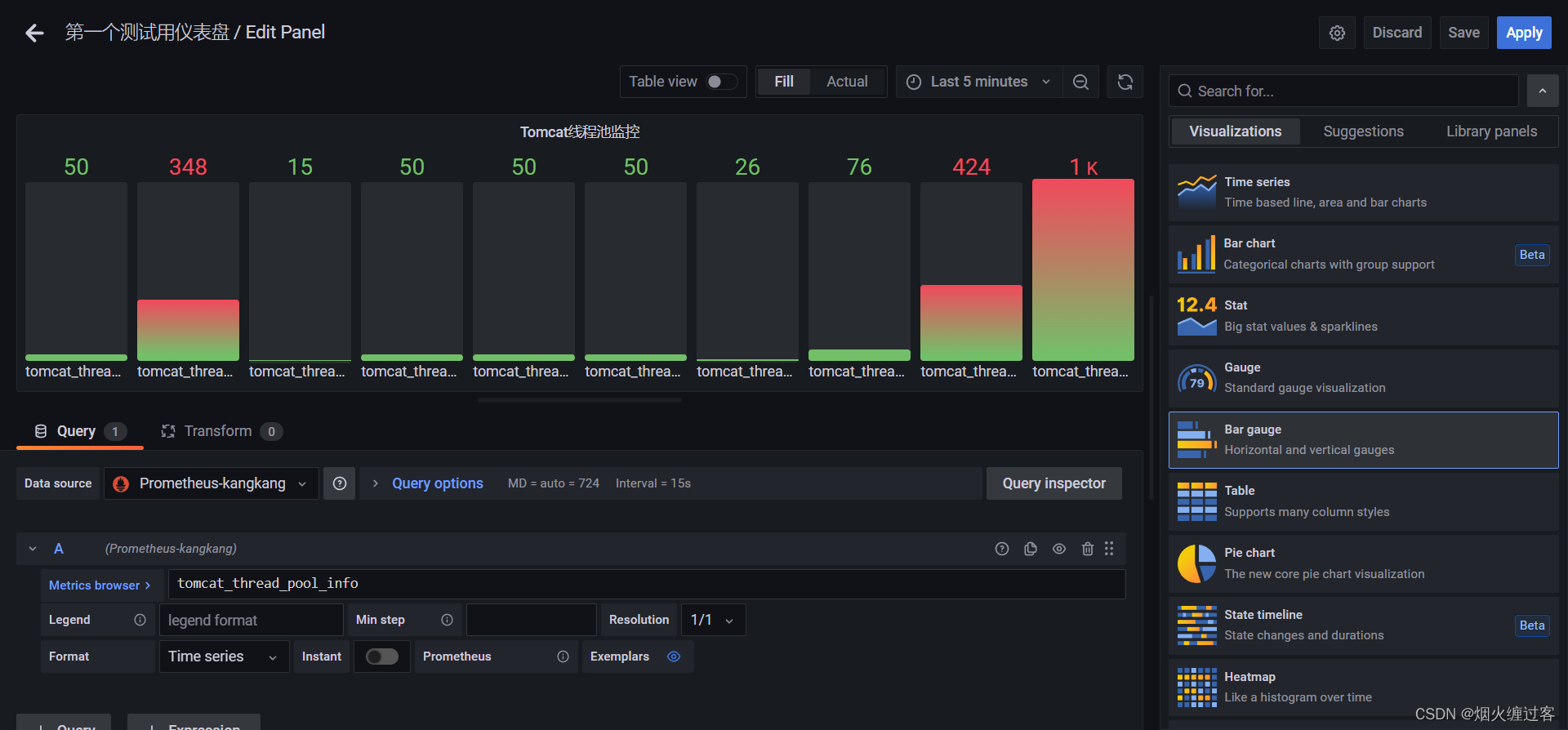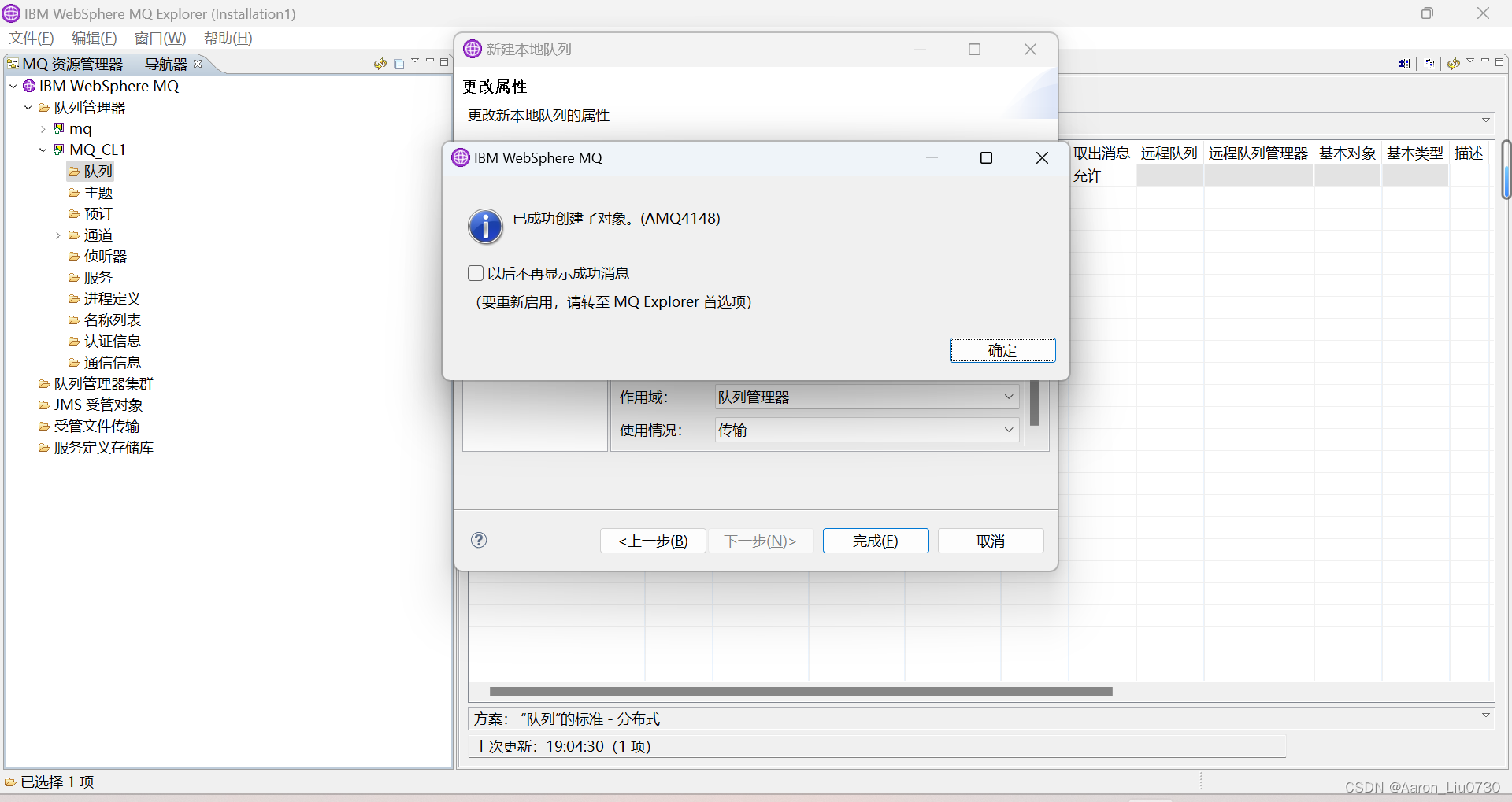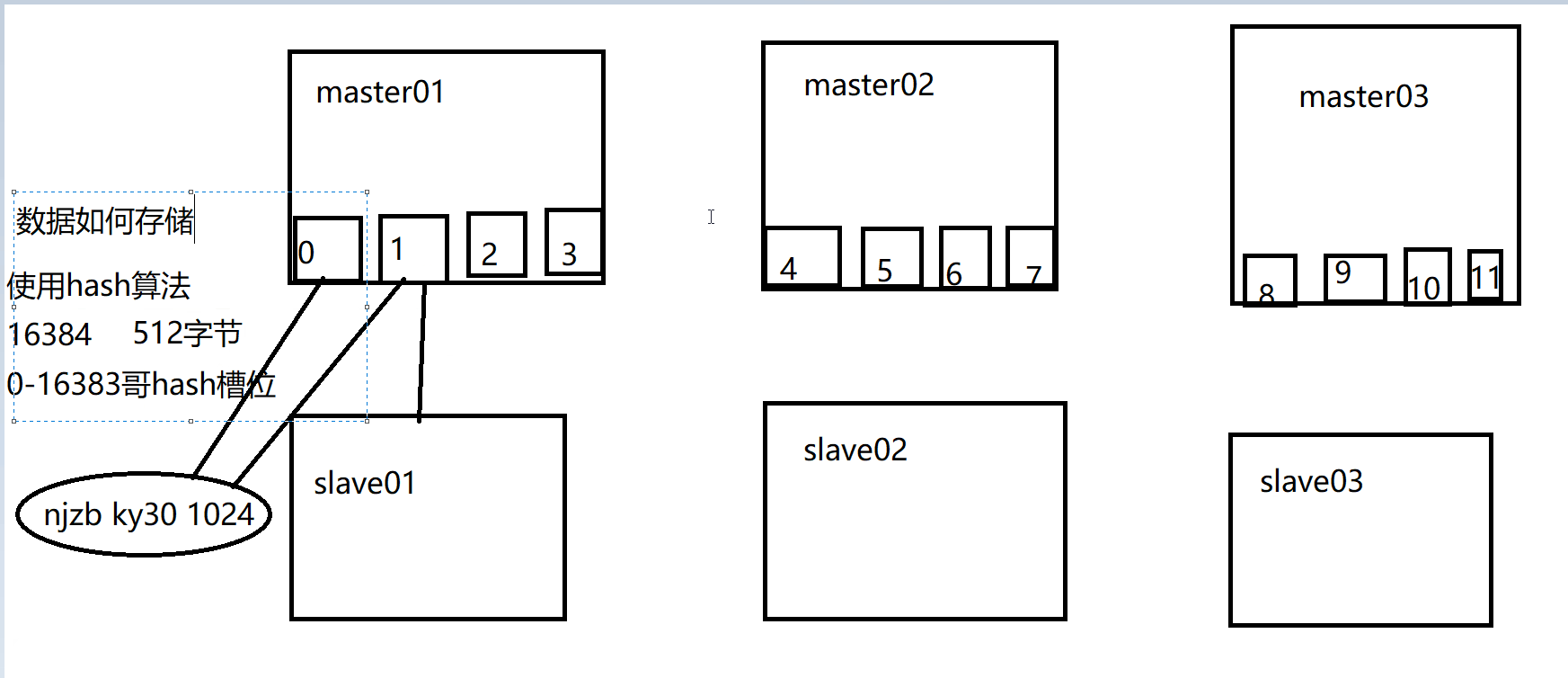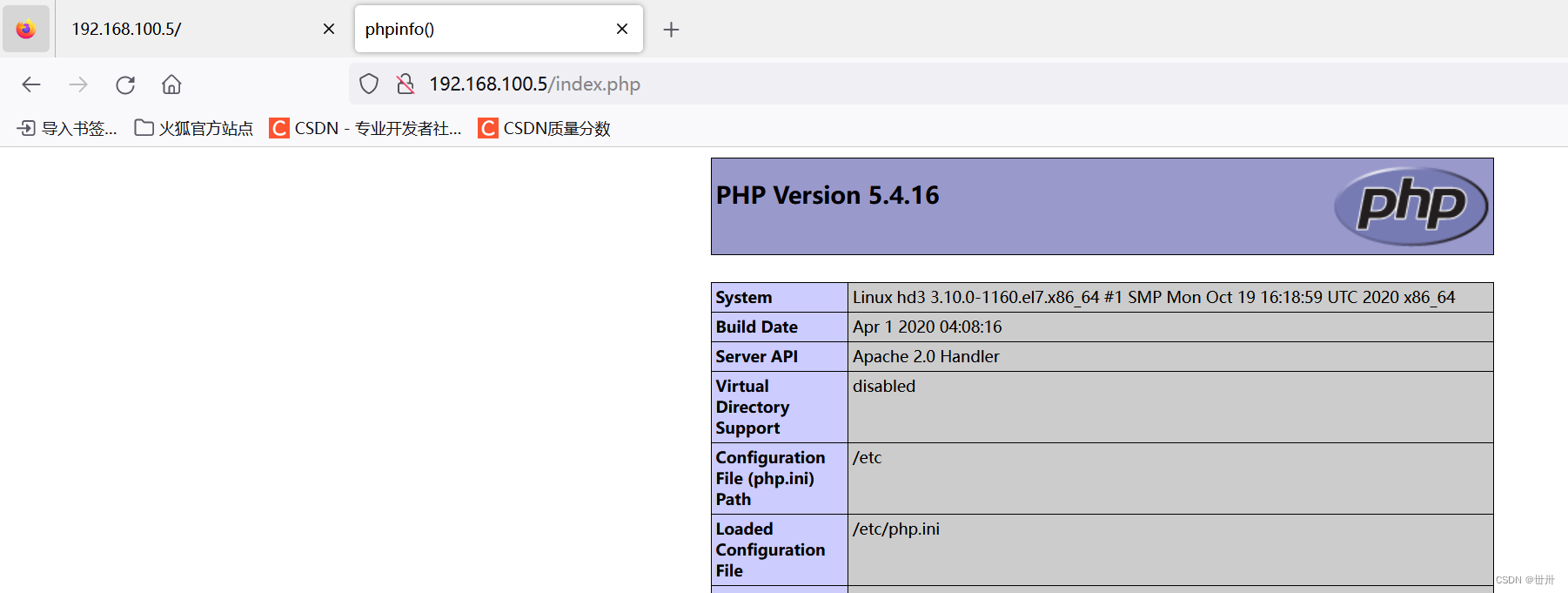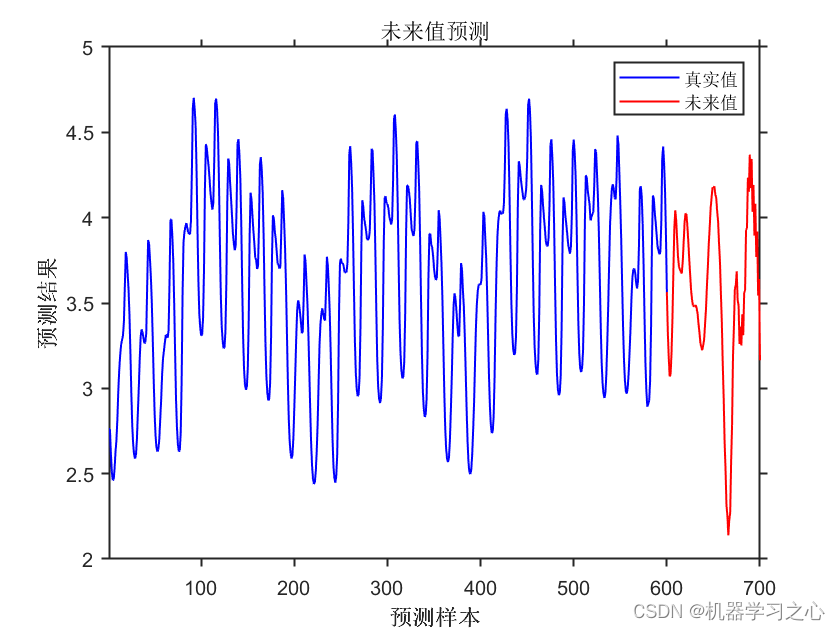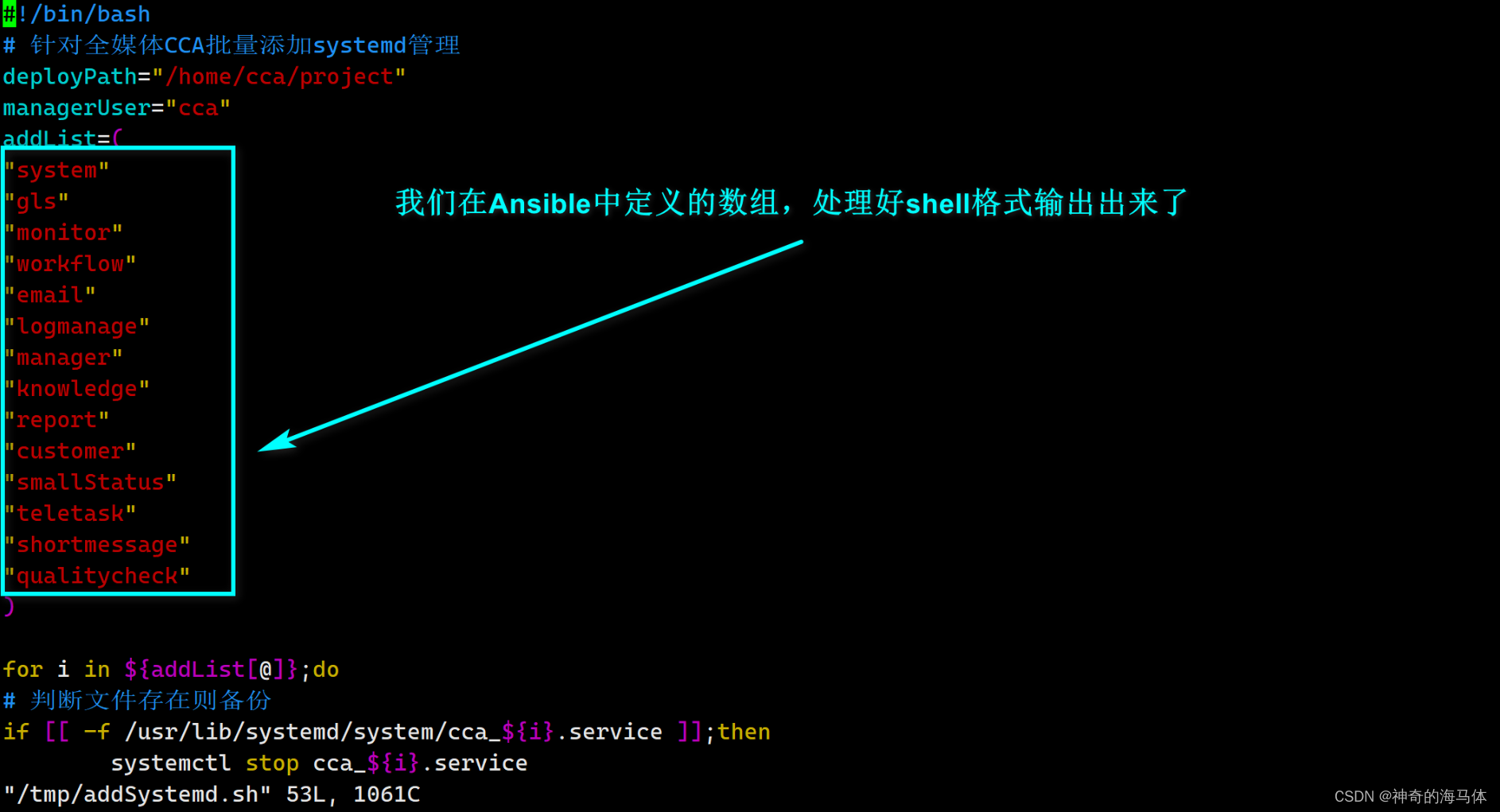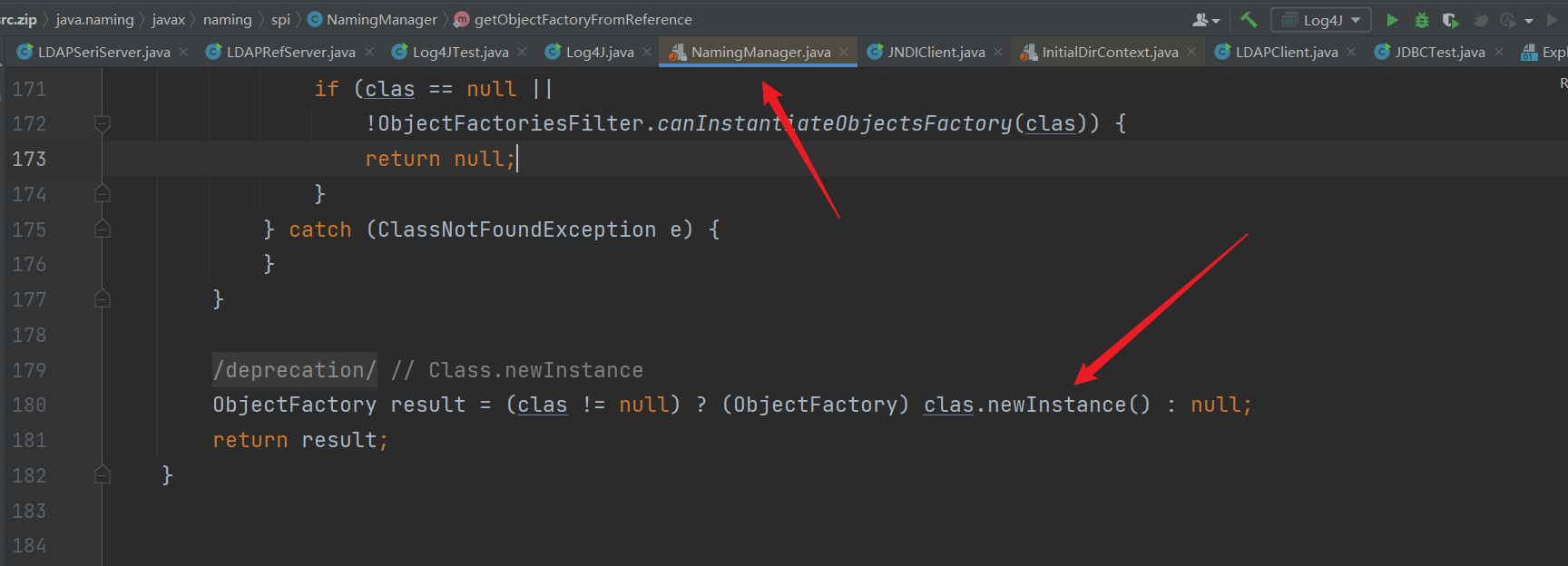跨域
当一台服务器资源从另一台服务器(不同的域名或者端口)请求一个资源或者接口,就会发起一个跨域HTTP请求。
同源:协议、域名、端口都相同
只要一个不同,就是跨域。
例子
| 请求方 | 响应方 | 是否跨域 | 原因 |
|---|---|---|---|
| http://www.baidu.com | http://www.baidu.com/test.html | 否 | 协议/域名/端口相同 |
| http://www.baidu.com | https://www.baidu.com/test.html | 是 | 协议不同 |
| http://www.baidu.com | http://www.hhhh.com/test.html | 是 | 主域名不同 |
| http://www.baidu.com | http://haha.baidu.com/test.html | 是 | 主域名相同、子域名不同 |
| http://www.baidu.com:8080 | http://www.baidu.com/8090/test.html | 是 | 端口不同 |
跨域访问实例
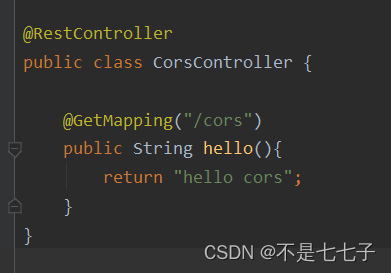
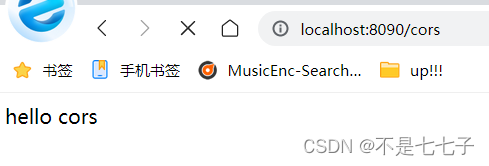

跨域处理
任意一种方式都可。
1.添加跨域配置类
import org.springframework.context.annotation.Bean;
import org.springframework.context.annotation.Configuration;
import org.springframework.web.cors.CorsConfiguration;
import org.springframework.web.cors.UrlBasedCorsConfigurationSource;
import org.springframework.web.filter.CorsFilter;@Configuration
public class GlobalCorsConfig {@Beanpublic CorsFilter corsFilter(){// 1.添加cors配置信息CorsConfiguration config = new CorsConfiguration();// 放行哪些原始域名config.addAllowedOriginPattern("*");//2.4.0后的写法// config.addAllowedOrigin("*");// 是否发送Cookieconfig.setAllowCredentials(true);// 放行哪些请求方式config.addAllowedMethod("*");// 放行哪些原始请求头部信息config.addAllowedHeader("*");// 暴露哪些头部信息config.addExposedHeader("*");// 2.添加映射路径UrlBasedCorsConfigurationSource corsConfigurationSource = new UrlBasedCorsConfigurationSource();corsConfigurationSource.registerCorsConfiguration("/**", config);// 3.返回新的CorsFilterreturn new CorsFilter(corsConfigurationSource);}
}2.重写WebMvcConfigurer
import org.springframework.context.annotation.Configuration;
import org.springframework.web.servlet.config.annotation.CorsRegistry;
import org.springframework.web.servlet.config.annotation.WebMvcConfigurer;@Configuration
public class CorsConfig implements WebMvcConfigurer {@Overridepublic void addCorsMappings(CorsRegistry registry) {registry.addMapping("/**")// 是否发送Cookie.allowCredentials(true)// 放行哪些原始域//.allowedOrigins("*").allowedOriginPatterns("*") // 2.4.0后的写法.allowedMethods(new String[] {"GET", "POST", "PUT", "DELETE"}).allowedHeaders("*").exposedHeaders("*");}
}3.注解@CrossOrigin
类上注解
@RestController
@CrossOrigin("*")
public class CorsController {@GetMapping("/cors")public String hello(){return "hello cors";}
}
方法上注解
方法可以单独跨域,没有@CrossOrigin(“*”)注解的方法则不行
@RestController
public class CorsController {@GetMapping("/cors")@CrossOrigin("*")public String hello(){return "hello cors";}@GetMapping("/cors2")public String hello2(){return "hello cors2";}
}
4.自定义过滤器
import org.springframework.stereotype.Component;import javax.servlet.*;
import javax.servlet.http.HttpServletRequest;
import javax.servlet.http.HttpServletResponse;
import java.io.IOException;@Component
public class MyCorsFilter implements Filter {@Overridepublic void doFilter(ServletRequest req, ServletResponse res,FilterChain chain) throws IOException, ServletException {HttpServletResponse response = (HttpServletResponse) res;HttpServletRequest httpServletRequest = (HttpServletRequest) req;response.setHeader("Access-Control-Allow-Origin", httpServletRequest.getHeader("origin"));response.setHeader("Access-Control-Allow-Methods", "POST, GET, OPTIONS, DELETE, HEAD");response.setHeader("Access-Control-Max-Age", "3600");response.setHeader("Access-Control-Allow-Headers", "access-control-allow-origin, authority, content-type, version-info, X-Requested-With");response.setHeader("Access-Control-Allow-Credentials", "true");chain.doFilter(req, res);}@Overridepublic void init(FilterConfig filterConfig) throws ServletException {}@Overridepublic void destroy() {}
}